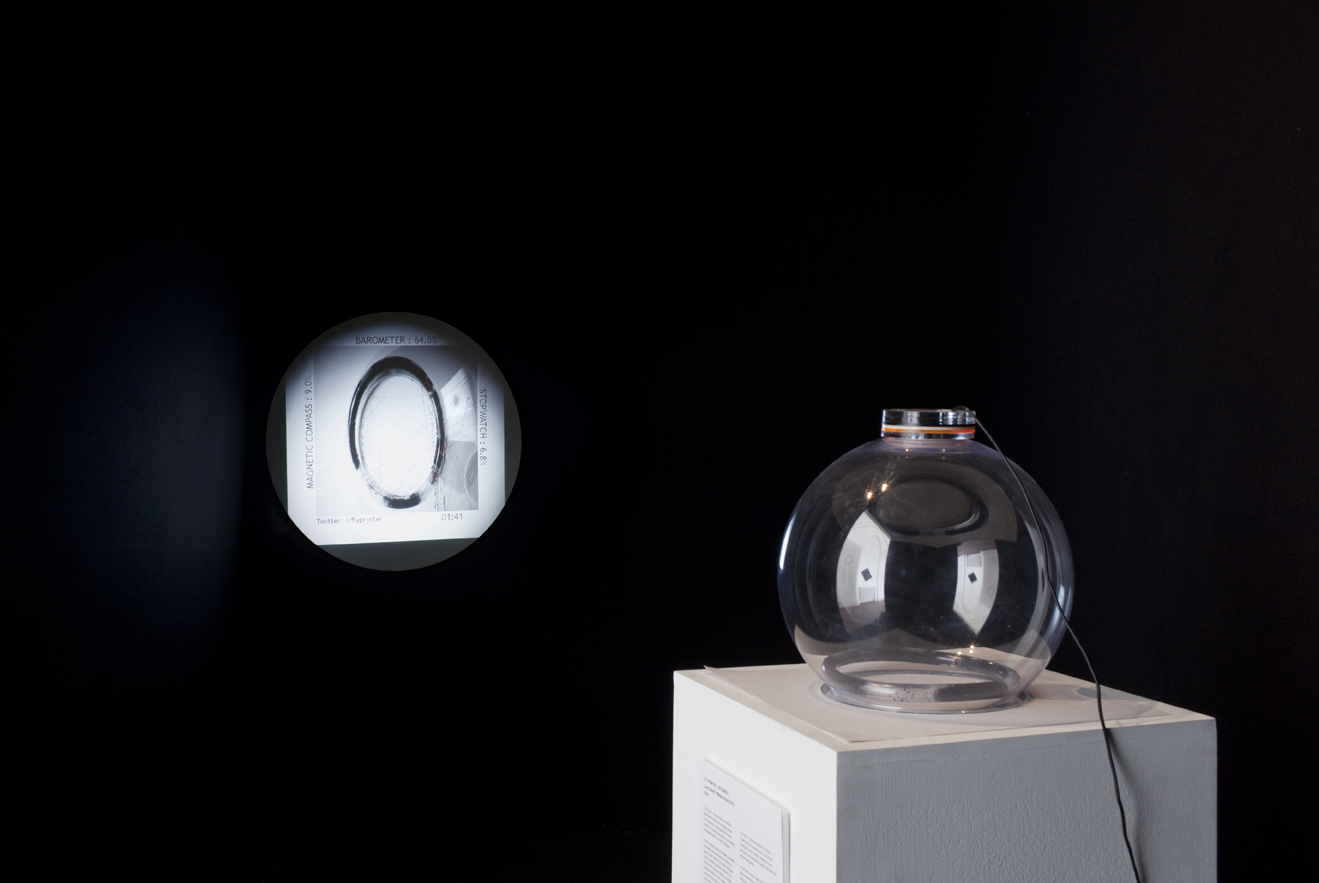Fruit flies and machine learning: When biology and technology merge
Hybrid Matters, a combined art and research project, explores the intersection between aesthetics, science and biology and raises the question: what happens when the technology creeps into every aspect of our lives? Right now, you can experience artworks by the project participants in Copenhagen
Laura BeloffResearchdigital art
Written 2 June, 2016 07:30 by Vibeke Arildsen
Technology and the physical world are no longer separate entities – just think of people glued to their smartphones, swans equipped with GPS transmitters and the genetically modified foods in our diet.
In the two-year project Hybrid Matters, Nordic scientists and artists examine how the ever-more frequent fusions of technology and biology affects the relationship between humans and our surroundings. For the next two months, artworks by ITU researchers and consortium partners in the project are on display in Nikolaj Kunsthal in central Copenhagen.
Art gives new perspectives
For many, the mixture of art, science and technology can seem unusual. But art is especially adept at offering new perspectives on the ubiquity of technology in our world, says ITU’s project lead, Associate Professor and trained artist Laura Beloff.
- When you mix science and art, you can get new ideas and perspectives on your own field. Art is public in nature - it does not stay hidden in scientific journals - and thus has the potential to bring ideas into play, she says.
- For example, one of my works in the exhibition incorporates both artificial intelligence and cloning. The aesthetic aspect of the piece makes the audience curious and perhaps leads them to investigate and ask further questions about the technologies. I am not trying to give any answers; I am more interested in getting people to ask the right questions.
Cloned trees controlled from space
The piece she refers to is entitled The Condition, an installation in which 12 cloned Christmas trees rotate in seemingly random patterns. In fact, the movements of the trees are controlled by artificial intelligence based on weather data from space. The work can be read as a commentary on the human desire to shape biological organisms for aesthetic ideals.
It also raises questions about the future, whether it will take place on Earth or in space – can plants survive under different gravity conditions, and will we at some point bring cultural artifacts like the Christmas tree with us into space?
The installation is a collaboration between Laura Beloff and Jonas Jørgensen, an ITU PhD student.
Fruit flies vs. machine learning
Laura Beloff is also the artist behind the humorous work Fly Printer, where feces from fruit flies form continuously changing patterns on canvas. The patterns are analyzed in real-time by a machine learning algorithm, creating an ongoing, independent dialogue between biology and technology. So far, the algorithm’s guesses have spanned from 'flagpole' to 'pirate' and 'speedboat'.

Fly Printer, an artwork by Laura Beloff, Associate Professor at ITU.
ITU participates in Hybrid Matters together with Bioartsociety (FI), Malmö University (SE), Art Hall Grenland (NO), Forum Box (FI) and Nikolaj Kunsthal. The exhibition features works by Laura Beloff + Jonas Jørgensen & Christian Brems & Malena Klaus (ITU), Hanna Husberg, Kristina Lindström + Åsa Ståhl (Malmö University), Rosemary Lee + Jens Lee Jorgensen, Lawrence Malstaf, Hege Tapio and Carl Emil Carlsen.
Vibeke Arildsen, Press Officer, phone 2555 0447, email viar@itu.dk
Laura Beloff, Associate Professor, email lbel@itu.dk